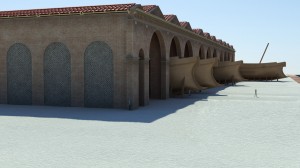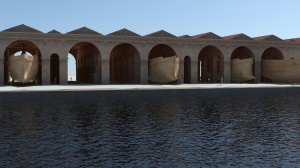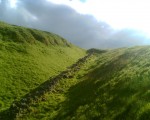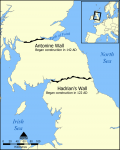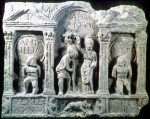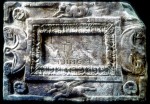 On Saturday, September 17, somebody walked in to the Hans Christian Andersen Castle of Copenhagen’s Tivoli Gardens amusement park during opening hours of Titanic, the Exhibition and helped themselves to a gold-plated necklace that had once belonged to wealthy Philadelphian first class passenger Eleanor Widener.
On Saturday, September 17, somebody walked in to the Hans Christian Andersen Castle of Copenhagen’s Tivoli Gardens amusement park during opening hours of Titanic, the Exhibition and helped themselves to a gold-plated necklace that had once belonged to wealthy Philadelphian first class passenger Eleanor Widener.
Officials suspect it was an inside job because the showcase wasn’t broke into and the alarm never sounded. Also, if these were professional thieves, they made a poor choice. The necklace is insured for $19,000, and could easily go for even more at auction, but that’s almost entirely historical value, and it’s almost impossible to sell a well-known historical piece without someone noticing. (See the goofy crew who stole that probably-not-a-Rubens then were stuck with it for a decade, for example.)
Tivoli Gardens, which by the way opened in 1843 and is the second-oldest amusement park in the world (the oldest is also in Denmark), has offered a 1000 euro (about $1,350) reward for any information leading to the recovery of the necklace. Park spokesman Torben Planks wryly described the theft as “pretty embarrassing” for the park, a statement I think we can all agree with.
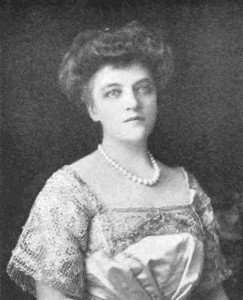 Mrs. Widener was famed in her day for her jewelry collection. This necklace was not among her most valuable pieces. It was recovered from the wreckage after Titanic went down. Legend has it it was found stuffed in the pocket of a butler when his body was recovered from the water. Mrs. Widener was traveling with a valet of her husband’s, so it’s certainly plausible that he could have grabbed something shiny before he made a break for it.
Mrs. Widener was famed in her day for her jewelry collection. This necklace was not among her most valuable pieces. It was recovered from the wreckage after Titanic went down. Legend has it it was found stuffed in the pocket of a butler when his body was recovered from the water. Mrs. Widener was traveling with a valet of her husband’s, so it’s certainly plausible that he could have grabbed something shiny before he made a break for it.
Eleanor boarded Titanic at Cherbourg with her husband, Philadelphia streetcar magnate George Dunton Widener, her son, Harvard graduate and avid book collector Harry Elkins Widener, her maid Amalie Gieger and her husband’s manservant Edwin Keeping. On the evening of April 14, they threw a private dinner for Captain Edward J. Smith and other distinguished first class types. The Captain left the table at 9:00 PM. The ship struck its fateful iceberg at 11:40 PM.
When the calamity became clear, George Widener pressed his wife and her maid into lifeboat number four (also carrying Mrs. Astor). She at first had refused to leave his side, but he insisted. As the lifeboat pushed off into the night, Eleanor watched her beloved George and Harry go down with the unsinkable ship.
Three years after the Titanic tragedy, Eleanor Widener donated $3.5 million to Harvard to build a library in her son’s name. The Harry Elkins Widener Memorial Library opened in 1915. She donated Harry’s collection of 3,300 rare books, and more were donated by her other children, Harry’s brother and sister, in 1944. Among them is one of the only extant perfect copies of the Gutenberg Bible.
A far darker, more ancient evil dwells, biding its time, in the shadow of those stacks. H.P. Lovecraft notes in The History of the Necronomicon that one of the five existing copies of the mad Yemeni poet Abdul Alhazred’s speaking of the unspeakable is in the Widener Library.







